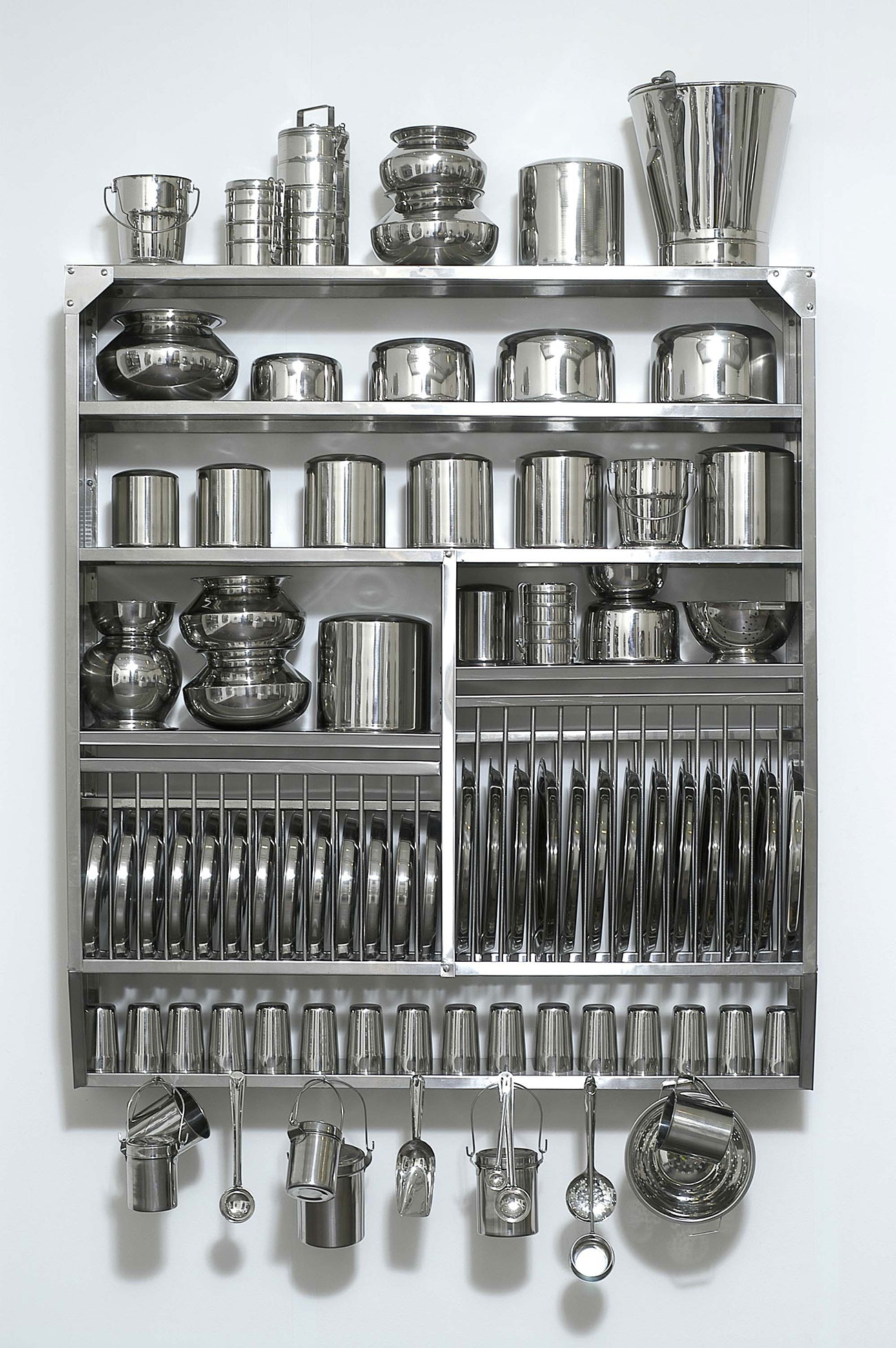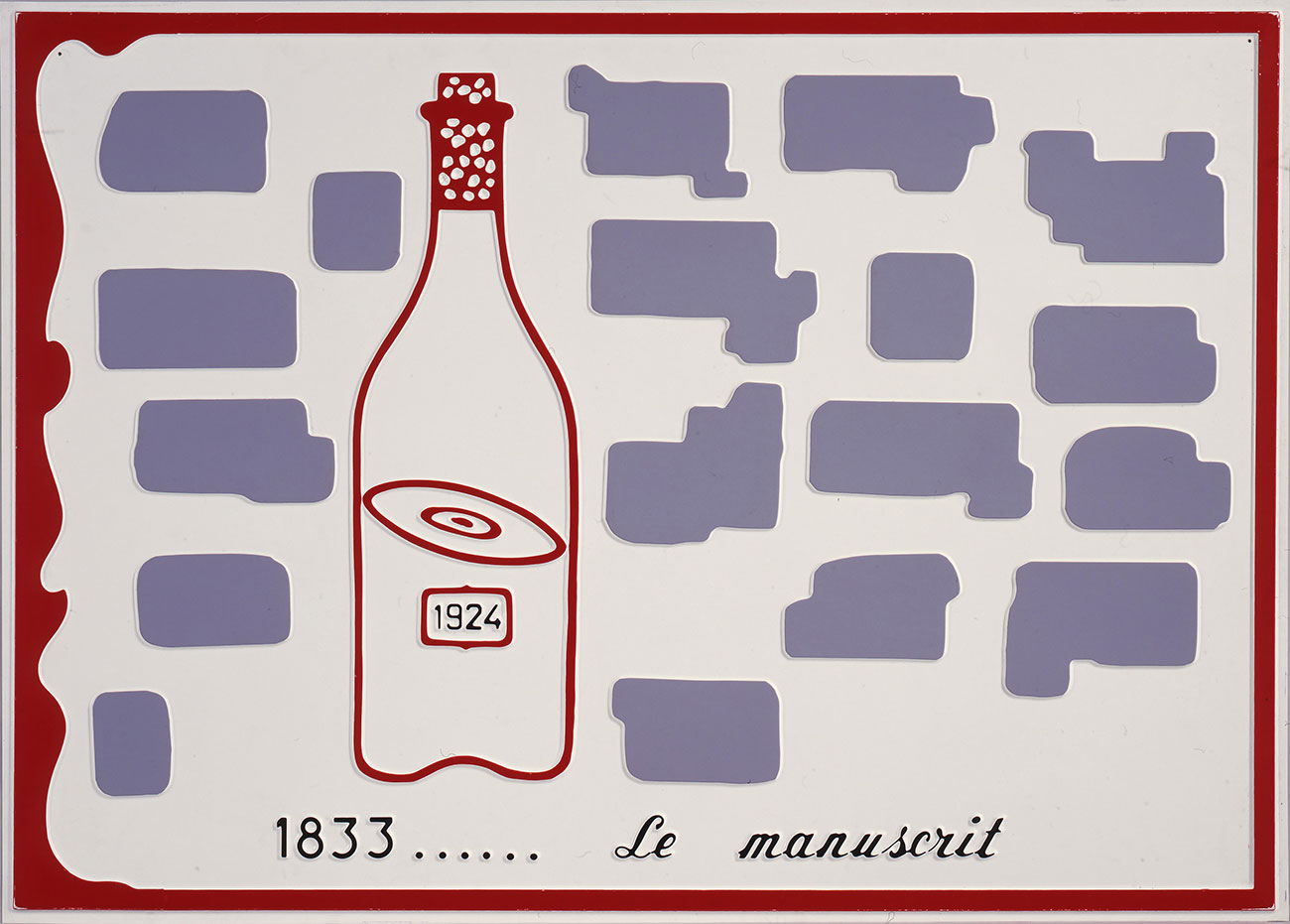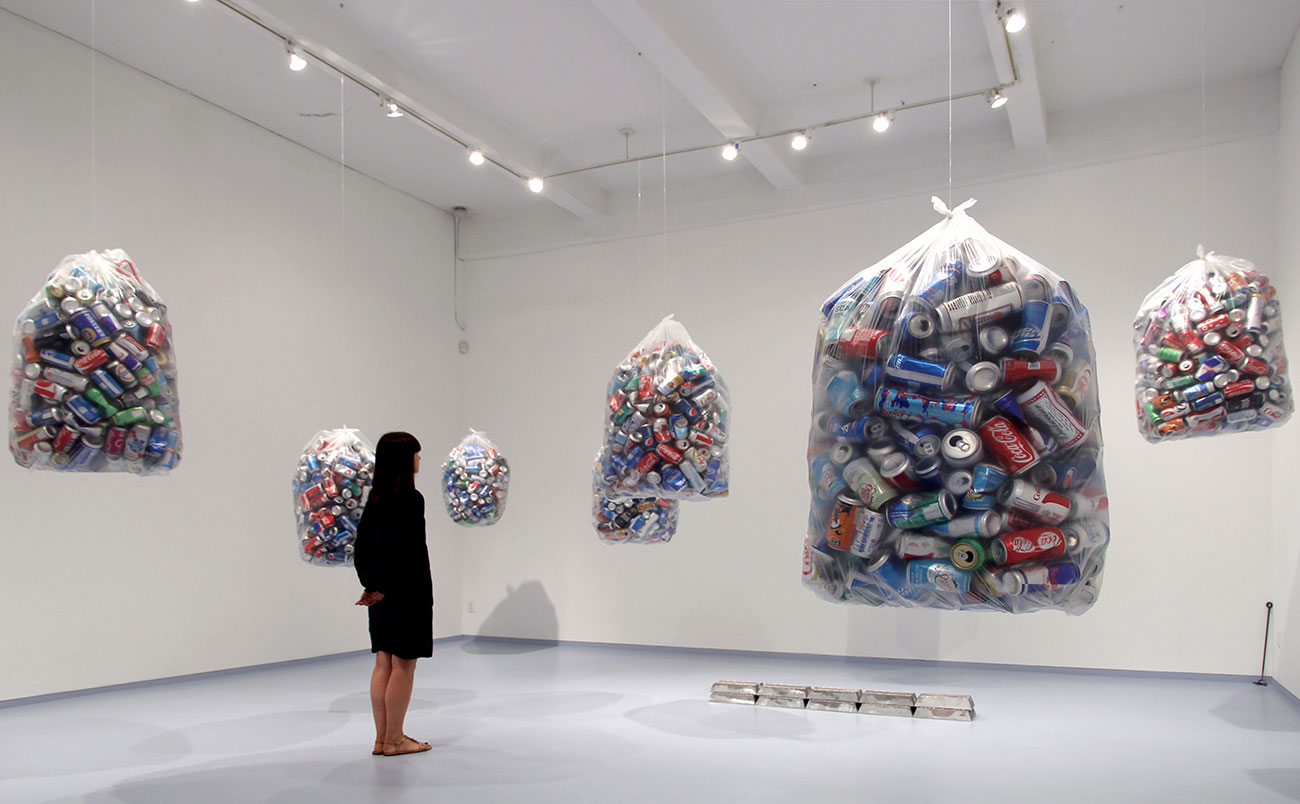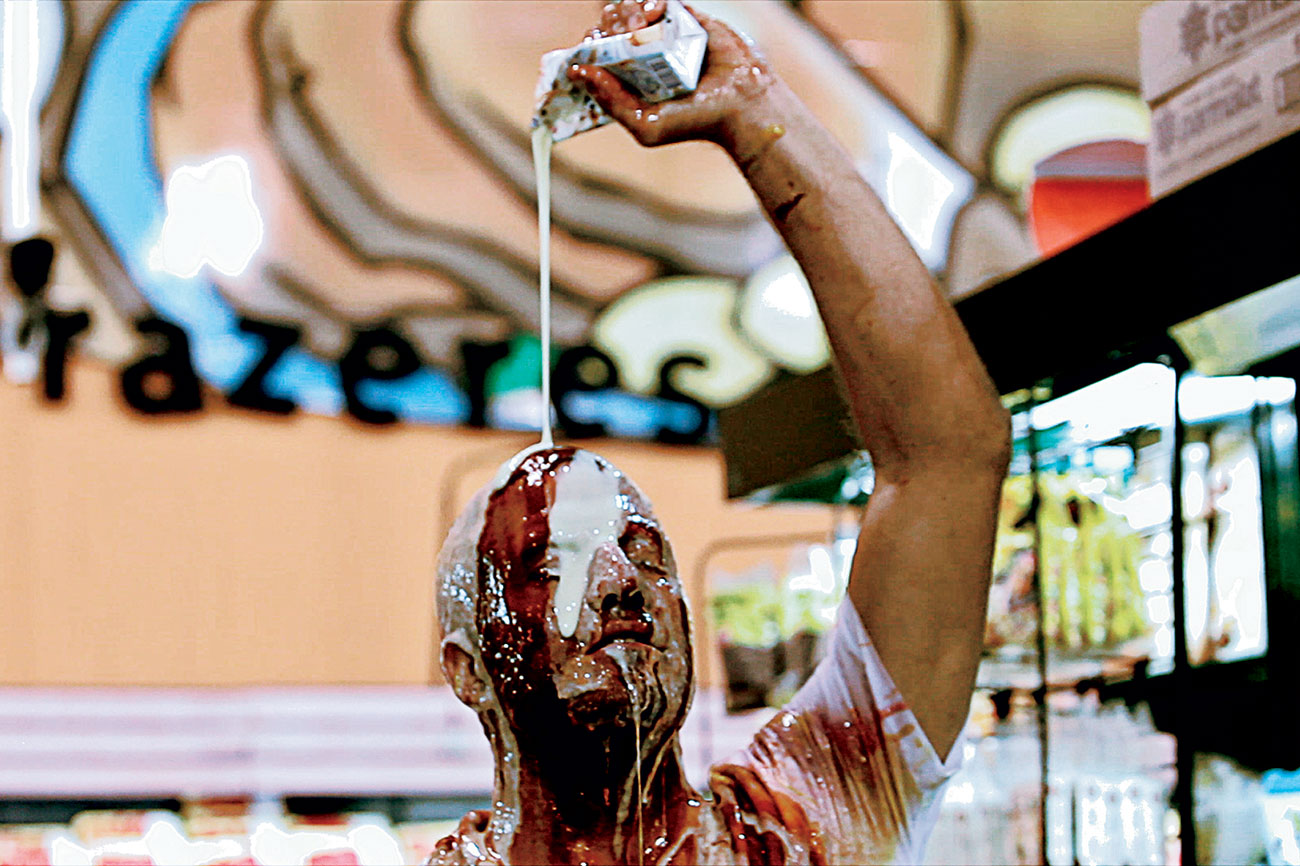Food : produire, manger, consommer
Mucem, J4—
Niveau 2
|
From Wednesday 29 October 2014 to Monday 9 March 2015
37 artists from five continents present the fruits of their labours on the different questions and issues linked directly or indirectly to food : the consequences of climate change, the poisoning of agricultural produce, unequal distribution of food, soil conservation, choice of foods, cuisines and rituals of eating and sharing food.
Among them, five artists- John Armleder, Stefano Boccalini, Antoni Miralda, Angelo Plessas, Barthélémy Toguo- present original installations with key objects chosen from the Mucem collections.
The ensemble creates a multidisciplinary dialogue that includes historical and contemporary works as well as everyday objects.
General Curator: Adelina von Fürstenberg, director of ART for The World (Geneva-Milan)
Associate Curators, Mucem: Émilie Girard, curator, head of the Centre for Conservation and Resources; Jean-Roch Bouiller, curator, head of Contemporary Art; Édouard de Laubrie, head of Collections and Research
Scenography and signage: the architect Uliva Velo (Florence)
General coordination: Éric Binnert, Agence Pièces montées (Paris)
Assistant ART for The World : Camilla Salvaneschi (Geneva-Milan)
Exhibition logo: Angelo Plessas (Athens)
Co-production: Musée Ariana, Genève (December 2012 - March 2013), SESC Pinheiros, São Paulo (February 2014 - May 2014)
Exhibition itinerary
Presentation of the exhibition by Adelina von Fürstenberg, curator

“The preparation of a simple tomato is more difficult than the solution of the problem of God’s infinitude.” - Antonin Artaud
The exhibition Food addresses the fascinating subject of food, and through it, that of survival, health, economy and culture. Food aims to be, through the gaze of the invited artists, an artistic feast encouraging culture, traditions and creativity in
order to better grasp and understand the values linked to food in our contemporary society.
Food is an initiative of ART for The World, an NGO associated with the United Nations Department for Public Information, and is the result of an action carried out over three years (2012-2015) with different partner institutions and artists around these questions. This travelling project has taken place in three different countries (in Switzerland, at the Musée Ariana-Genève, in Brazil at SESC Pinheiros- São Paolo, in France at Mucem in Marseilles) within three institutions that have been able to make this project possible with the support of their teams and their resources.
The exhibition is made up of individual and singular projects, where the act of creation draws on different media: photography, cinema, video, films and objects. It encourages us to reflect upon the future of our Mother Earth and on questions linked to food. It aims to surprise and challenge the public; it offers an in-depth vision of the issues of art, food, and the political and social issues addressed by these artists, who are keenly aware of current models of information and exchange.
The artists invited to participate in this exhibition come from five continents, from different regions and represent several generations. In addition to the artistic quality of their work, they have in common a strong identity, speaking an intercultural language sensitive to the themes directly
or indirectly linked to food, such as the consequences of climatic change, poisoning of agricultural produce, unequal distribution of food, but also the preservation of our nourishing Mother Earth, the choice of foods, different cuisines, the rituals and ceremonies around food and other
subjects linked to the theme. The works, contributing to aesthetic and cultural history, are thus also relevant to the main challenges to our contemporary society, like sustainable development, immigration, religious differences, human rights, gender equality, etc.
Although the artists utilize agricultural raw materials like, for example, Ernesto Neto’s beans (Variation on Color Seed Space Time Love, 2009) or Jannis Kounellis’ sunflower seeds (Untitled, 1968), Food is not an exhibition of gastronomy or cuisine. Of course, we observe the Indian photographer pointing his lens on the movement of the hands that carry, give and serve foods. In his photographs we see the hands of Chennai women with rice, the hands of a water seller in Delhi, or the hand that tips the aluminium kettle to pour tea into a cup at the Mumbai markets. “An open hand for giving and receiving.”, as taught by Le Corbusier.
One can also discover a woman concentrating on eating an onion (Marina Abramović, The Onion, 1995), a pseudodeclarative performance about physical and psychological endurance, but also on human vulnerability, identity and the independence of women, notably when the artist’s voice speaks of feeling worn out by her everyday life: “I’m tired of changing planes all the time, waiting in waiting rooms, bus stations, airports...”
Drawing from the vast collection of the objects at Mucem, some of the invited artists have created new works, like the Cameroonian artist Barthélémy Toguo who, taking inspiration from his own project Banjoun Station Agricultur, has created an installation with ploughs, harrows and carts. Or there is the Italian Stefan Boccalini who takes a fresh look at 19th and 20th century bread stamps, with a series of new stamps based on the concept of his most recent work, Crédit/Débit, or the Catalan artist Miralda who has brought together 124 objects, including 80 table bells and water pitchers decorated in the tradition of popular taverns, reminding us of the relationships to domesticity.
At the Mucem, Food, through contemporary art’s expressive potential, continues its reflection on themes linked to Mother Earth, agriculture and food. In this exhibition, it is not only a question of quantities and measures. In fact, making art is almost like preparing a good meal. It involves mixing, adding oil, fermentation, and perhaps a touch of improvisation, as occasionally happens in life.



